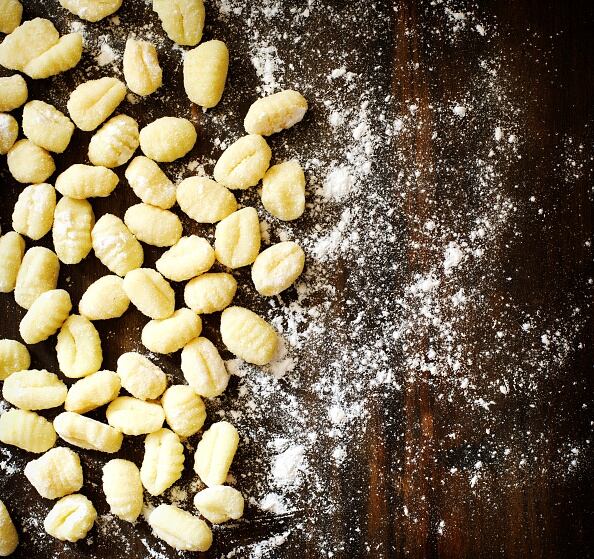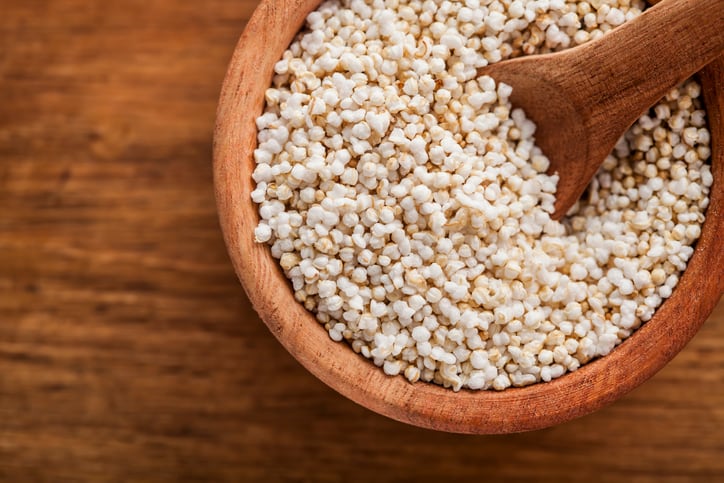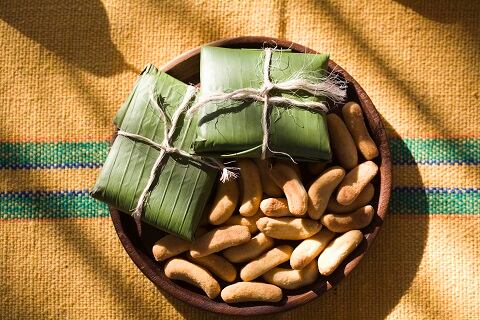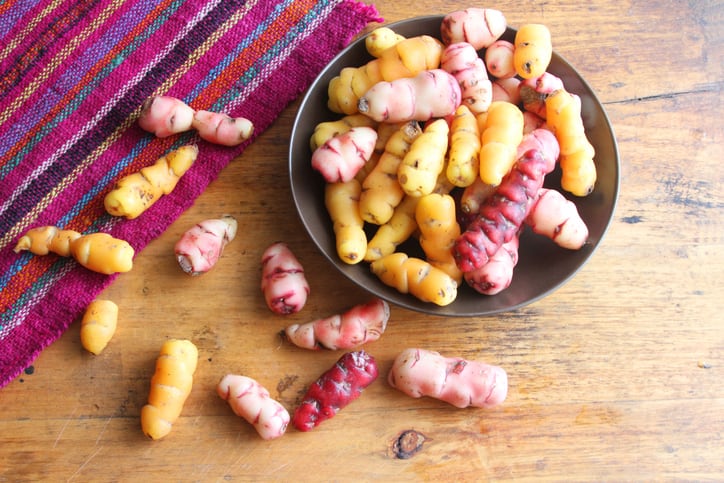The researchers, from Argentina’s National University of Salta (UNSa), made two alternative gnocchi – one with quinoa flour and another with amaranth flour – and compared their taste, texture, cooking properties with a commercial, packaged variety, asking consumers to rate their purchase intent.
Salta is in Argentina's northern region where Andean crops, such as quinoa, are cultivated.
The fresh gnocchi made with Andean ingredients showed good functional properties, such as a lower cooking loss and higher water absorption, they found.
“This study demonstrates that fresh pasta gnocchis with Andean ingredients are high-quality and contribute to the revaluation of these exceptional Andean crops, which are very important to the community of food and gastronomy sciences,” the authors conclude.
“Gnocchi pasta made with gluten-free ingredients could be a valuable option for those with celiac disease, as it would bring variety to their diet.”
One hundred individuals – 76 women and 24 men aged between 18 and 30 – then put the gnocchi to the test, rating them for taste, texture, flavor color, aroma and ‘emotional response’.
They then evaluated their overall liking and purchase intent.
There was slightly lower purchase intent for the quinoa and amaranth gnocchis but the researchers suggest this may be because consumers are not used to seeing alternative gnocchis on the market.
The scientists also served all the gnocchi samples plain, without adding any salt, butter or other condiments or sauces.
This may have impacted the acceptability of the quinoa and amaranth gnocchi, however, as the commercial brand rated positively due to its saltiness.
Future research could focus on palatability and acceptability of seasoned gnocchi, they suggest.
Andean superfoods
Quinoa is a Native Andean crop whose popularity in North America, Europe, and other markets has exploded in recent years. The gluten-free seeds can also be used when they are sprouted or fermented, increasing their nutrients and changing the taste and texture.
Interest in amaranth is growing. The Mexican government recently added it to the country’s basket of basic goods while both multinational and Mexican manufacturers have been adding the pseudo-grain into products, such as biscuits, cereals, yogurts or tortillas.
US company Five Sun Foods, meanwhile, is gearing up to bring the protein-rich pulse, Andean lupin, to the North American market.
Study details
The scientists made a traditional gnocchi dough with potatoes, milk, egg, and butter, and then added either amaranth flour or quinoa flour, both supplied by Buenos Aires-based company, Nutraceutica Sturla.
Per 100 g, amaranth flour contains 56 g carbohydrate, 14 g of proteins and 5.7 g fat while quinoa flour contains 60 g of carbohydrate, 12 g protein, and 3.2 g fat.
These home-made gnocchi were then compared with a well-known commercial brand of processed gnocchi used as a control.
The processed gnocchi contained water, semolina, rice flour, cassava starch, salt, inter-esterified vegetable oil, potato flakes, agar, and xanthan gums. A 100-gram serving provided 37 g of carbohydrate, 5.8 g protein, and 4 g fat.
Source: International Journal of Gastronomy and Food Science
Available online ahead of print, July 2019, doi.org/10.1016/j.ijgfs.2019.100142
“Physicochemical characterization and consumer response to new Andean ingredients-based fresh pasta: Gnocchi”
Authors: V.E. Burgos, et al.




